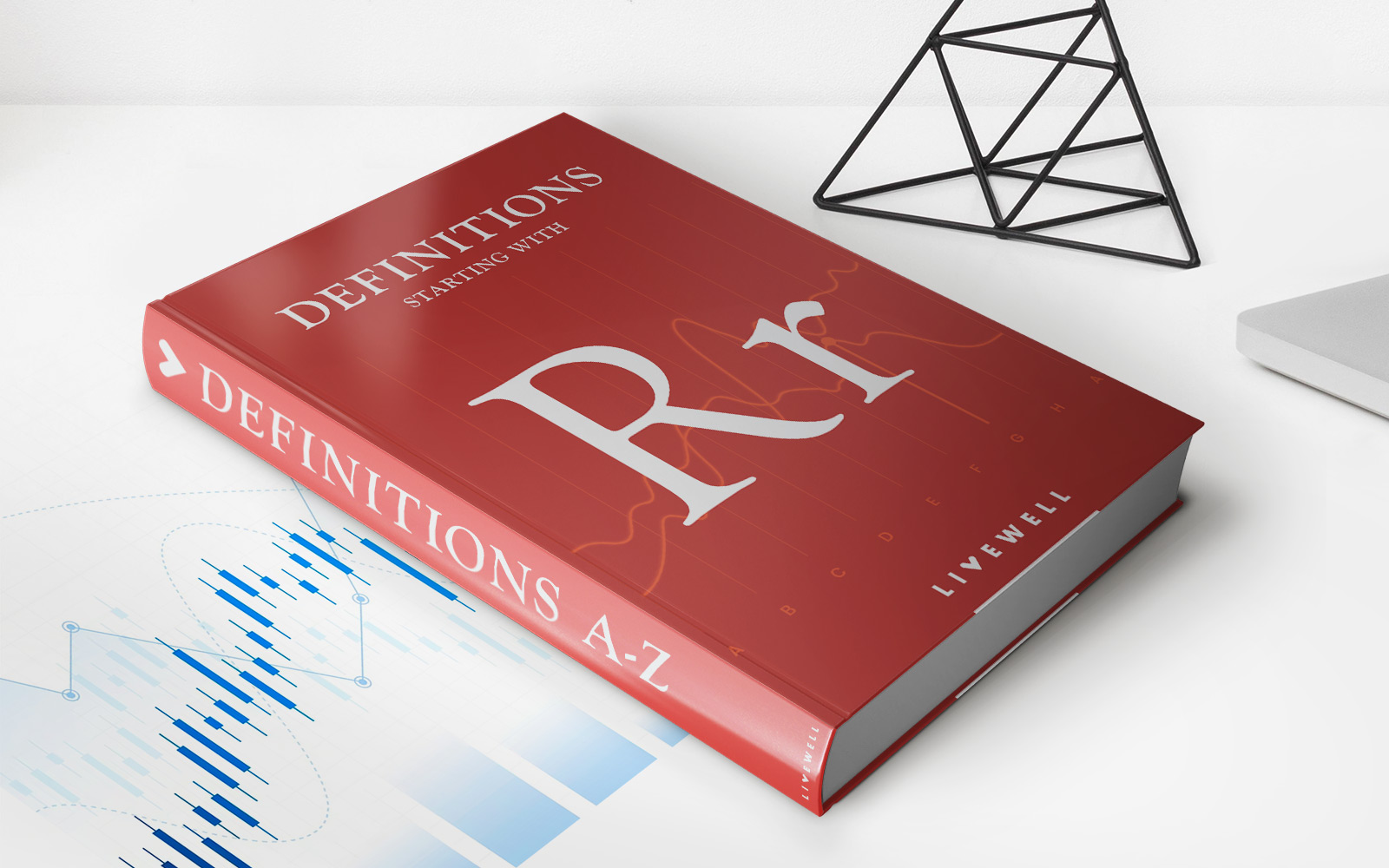Home>Finance>Income Inequality Definition: Examples And How It’s Measured


Finance
Income Inequality Definition: Examples And How It’s Measured
Published: December 8, 2023
Learn the definition of income inequality in finance, explore real-life examples, and understand the methods used to measure its impact.
(Many of the links in this article redirect to a specific reviewed product. Your purchase of these products through affiliate links helps to generate commission for LiveWell, at no extra cost. Learn more)
Understanding Income Inequality: Why It Matters and How It’s Measured
Finance is a broad category that encompasses various aspects of our financial well-being. One crucial topic within finance is income inequality. In this blog post, we will explore the definition of income inequality, provide real-world examples, and delve into the methods used to measure this important economic indicator. So let’s dive in!
Key Takeaways:
- Income inequality refers to the unequal distribution of wealth and income among individuals or groups within a society.
- It is measured using tools such as the Gini coefficient, which quantifies the extent of income inequality in a given population.
What Is Income Inequality?
Income inequality is a term used to describe the unequal distribution of income and wealth within a society. It is a significant concern as it affects economic growth, social mobility, and overall societal well-being.
Picture a scenario where a small proportion of individuals or households possess a substantial share of the total income and wealth, while the majority struggles to make ends meet. This wealth concentration creates disparities in access to resources, opportunities, and ultimately, quality of life.
Income inequality can result from various factors, such as differences in education, employment opportunities, and government policies. It is crucial to understand and address these disparities to ensure fair and inclusive economic growth.
Examples of Income Inequality
To gain a better understanding of income inequality, let’s look at a few real-world examples:
- Global Income Inequality: According to the World Inequality Database, the wealthiest 1% globally owns more than half of the world’s wealth, while the bottom 50% owns just 2%. This staggering gap illustrates the extreme inequality prevalent on a global scale.
- National Income Inequality: Within nations, income inequality can vary significantly. For instance, in the United States, the top 1% of earners holds a substantial portion of the country’s total income, leading to a significant wealth divide between the richest and the rest of the population.
- Gender Pay Gap: Another example of income inequality is the gender pay gap, which refers to the disparity in earnings between male and female workers. Although progress has been made, women, on average, still earn less than their male counterparts in many countries.
Measuring Income Inequality
To measure income inequality, economists and researchers employ various metrics. One commonly used tool is the Gini coefficient. This statistical measure quantifies the level of income inequality within a population. The Gini coefficient ranges from 0 to 1, with 0 indicating perfect equality and 1 representing maximum inequality.
Other measures include the Palma ratio, Theil index, and Atkinson index. While each metric has its strengths and limitations, they all aim to provide insights into the distribution of income within a society.
In Conclusion
Income inequality is a pressing issue that influences the economic and social fabric of societies worldwide. By understanding the definition, exploring real-world examples, and learning about the tools used to measure income inequality, we can take steps towards creating a more equitable and inclusive future.
So, the next time you come across debates surrounding income inequality, you’ll have a solid understanding of what it means and why it matters. Together, we can work towards building a society where everyone has a fair chance at economic prosperity.














